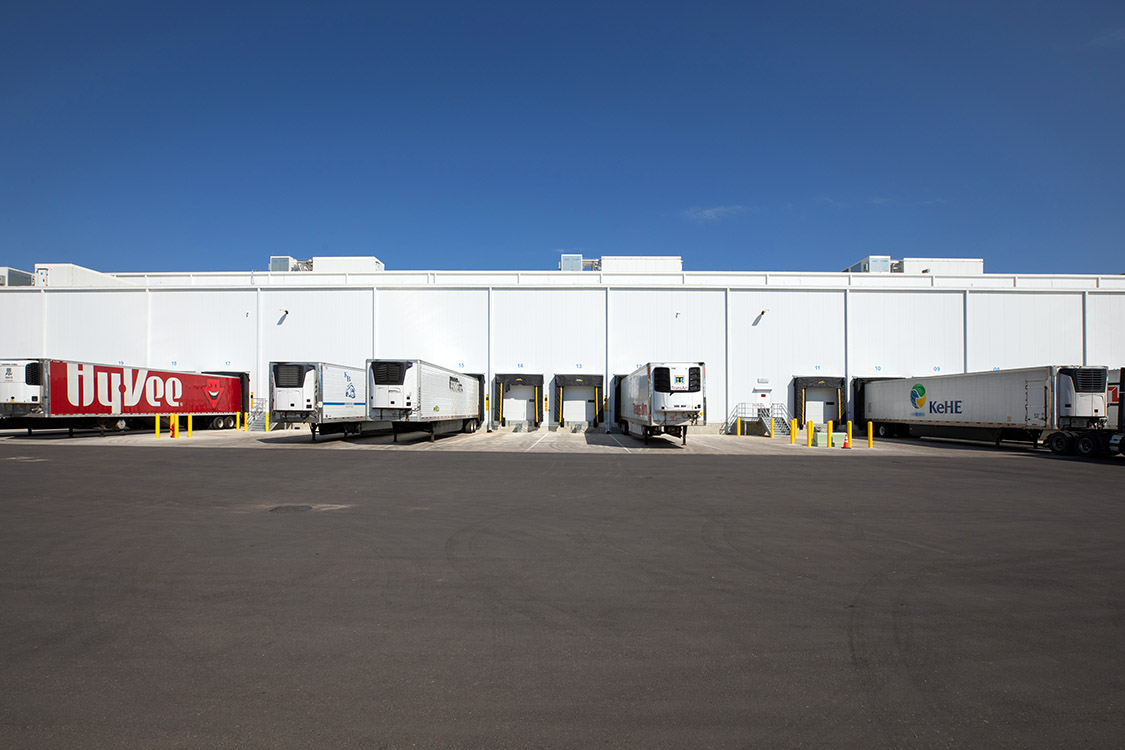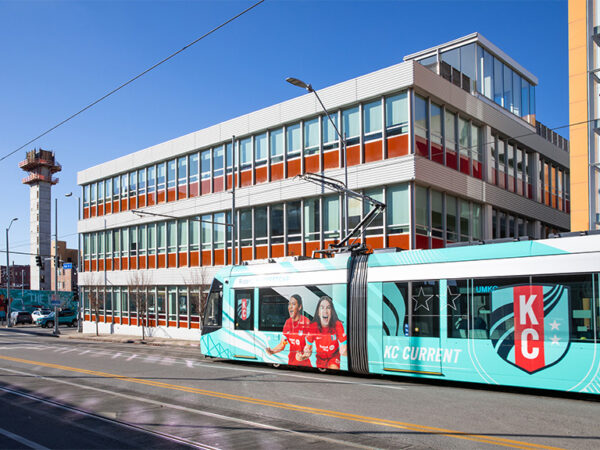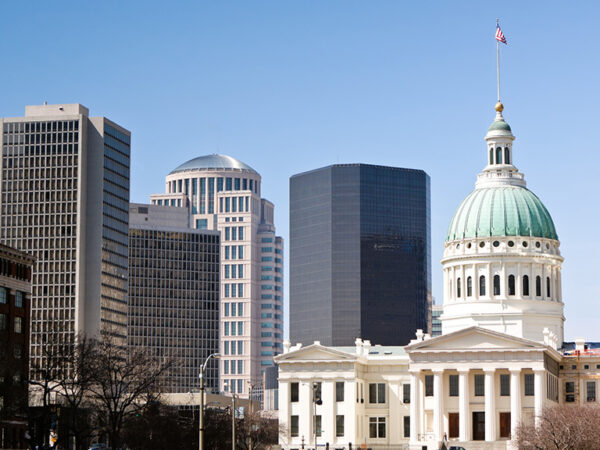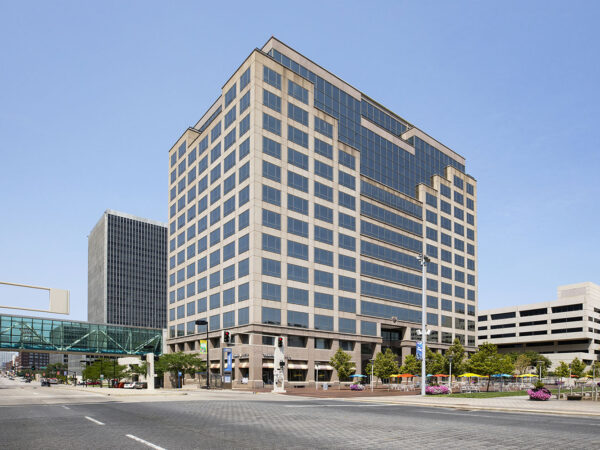Robust rail and highway infrastructure, strategic geographic location reaching up to 85% of the population within a 2-day drive, availability of developable land sites, and strong development communities have proven to be a tremendous value proposition that continues to drive industrial growth within the Central Midwest.
The location-based value proposition and strong industrial fundamentals of the markets like Kansas City, St Louis, Des Moines, and Omaha have always been there, but many of these markets lacked available, modern industrial buildings. In the past, that lack of available modern industrial product forced users to overlook these centrally located cities in lieu of larger metros like Chicago and Dallas which had space readily available. Prior to the pandemic, the Central Midwest markets had steady growth, but a massive wave of industrial construction between 2020-2023 began to put these markets into a completely different level in terms of size and variation of space offerings. The phrase “If you build it, they will come” has never been more relevant across the plains since the 1989 release of Field of Dreams.
The first major wave of speculative industrial construction leading up to and after the pandemic in markets like Omaha and Des Moines was for the construction of Class A single-load facilities to accommodate demand from local and regional companies who had previously relied on existing second or third generation space and build-to-suit projects. Today’s stock of modern industrial product has led to strong leasing success in both markets due to space being readily accessible. The most recent iteration of Omaha and Des Moines development has been offering speculative 400,000+ square foot cross-dock facilities to accommodate not only local/regional users, but also major national tenants looking for a Midwest location to aid the flow of product across the country.
Kansas City and St. Louis, which had already experienced success in the lease-up of larger-scale Class A industrial facilities prior to the pandemic, began offering product in the 500,000-1,000,000 square foot range. This allowed for a higher volume of sophisticated users such as Spectrum Brands, Pepsi, Sam’s Club, Tesla, and Niagara Bottling to consider these markets.

Kansas City specifically has skyrocketed to new levels over the past 5-10 years. Despite being just the 31st largest MSA, Kansas City has become the 15th largest industrial market in the U.S. and even led the country in total net absorption in Q1 2025. In addition to a steady pace of leasing, large build-to-suit projects such as Church & Dwight’s 553,000 square foot facility and Amazon’s 630,000 square foot facility have been recent projects that contributed to Kansas City’s steady market performance. Even with those strong fundamentals, the pace of new speculative construction has slowed significantly both nationally and in Kansas City due to challenges in financing speculative projects. However, leasing velocity in Kansas City continues to keep the market tight, which sits as just 5.1% vacancy (4.6% in the prior quarter), which is well below the 7.4% National Average.
St Louis market inventory has grown steadily over the past five years, building over 20,000,000 square feet of new industrial space since Q2 2020. To emphasize how impactful this run of new construction has been compared to pre-pandemic levels, the percentage of Class A leasing now accounts for 64.9% of overall activity in 2025, which is a significant increase from 45.9% between 2015-2019. Despite sizeable market change in new deliveries in the past five years, St. Louis is still experiencing a low Q2 2025 vacancy rate of 4.5%. The continued low vacancy in St. Louis supports future growth in rental rates and is spurring developers to break ground on new projects by way of build-to-suits and speculative construction.

Omaha and Des Moines are a tale of two varying circumstances, where Omaha has one of the tightest industrial markets in the entire country around 2%, and Des Moines sits at the national average of 7.2%. Des Moines capitalized on strong demand to deliver almost 20% of their entire market inventory between Q2 2020 and Q2 2025, but that rush of new product has contributed to the market pausing new speculative construction to allow for its existing space to be absorbed. At the same time, previously leased large blocks of space have come back on the market, adding to the already robust inventory. This has given tenants and users looking to locate in Des Moines an ability to capitalize on plentiful, diverse, and well-located alternatives in the metro which did not exist prior to 2020.
While Omaha saw a handful of new speculative Class A industrial deliveries between 2015-2019, the pandemic spurred the need for more modern product as both local and regional users looked to expand within the area. This led to a very successful run of new industrial construction, building over 11% of the market inventory in the past five years. Despite this, the rapid pace of absorption that Omaha has experienced left the market with a very low 2% vacancy rate as of Q2 2025. The current market fundamentals point to a strong conviction for continued development in Omaha, as history shows that space built there will get leased.
As the national landscape for industrial real estate continues to evolve, markets like Kansas City, St. Louis, Omaha, and Des Moines have proven they will evolve as well by capitalizing on their unique characteristics and continued offering of quality industrial product. For tenants and users looking for centrally located facilities to reach a major portion of the U.S. population, bridge the gap between ports on either side of the country, and stay below average national rental costs, there has never been a better time to consider the Central Midwest.



